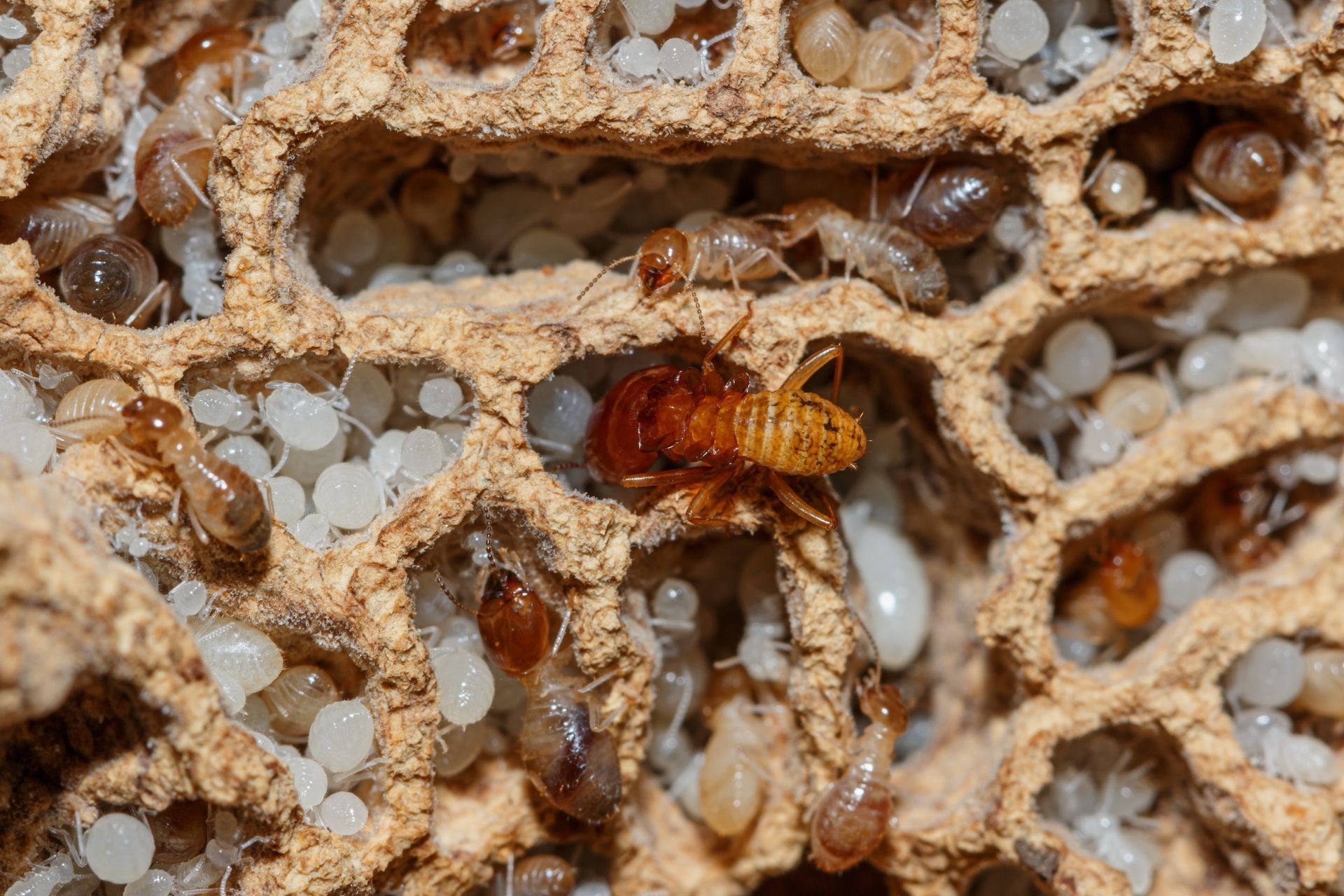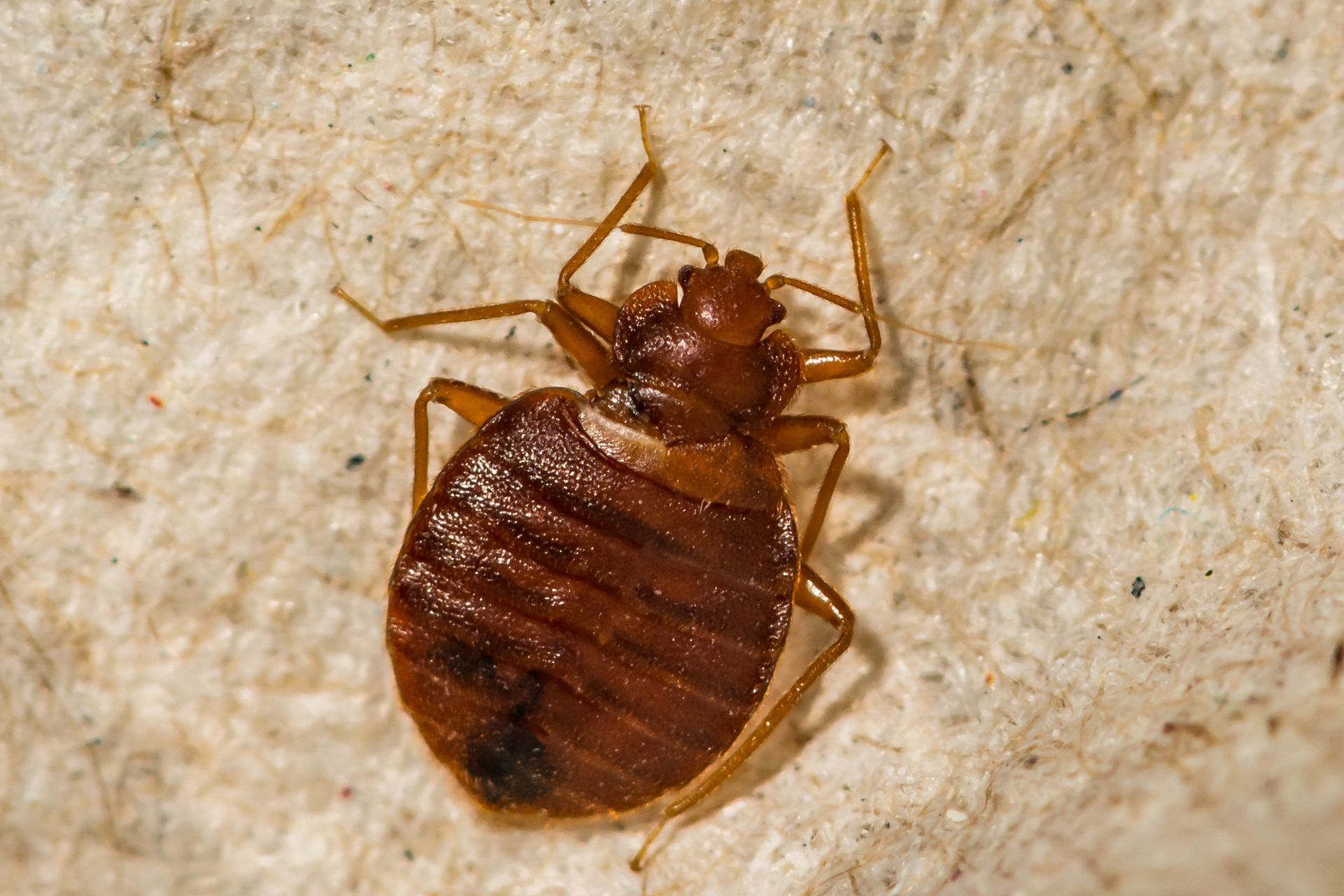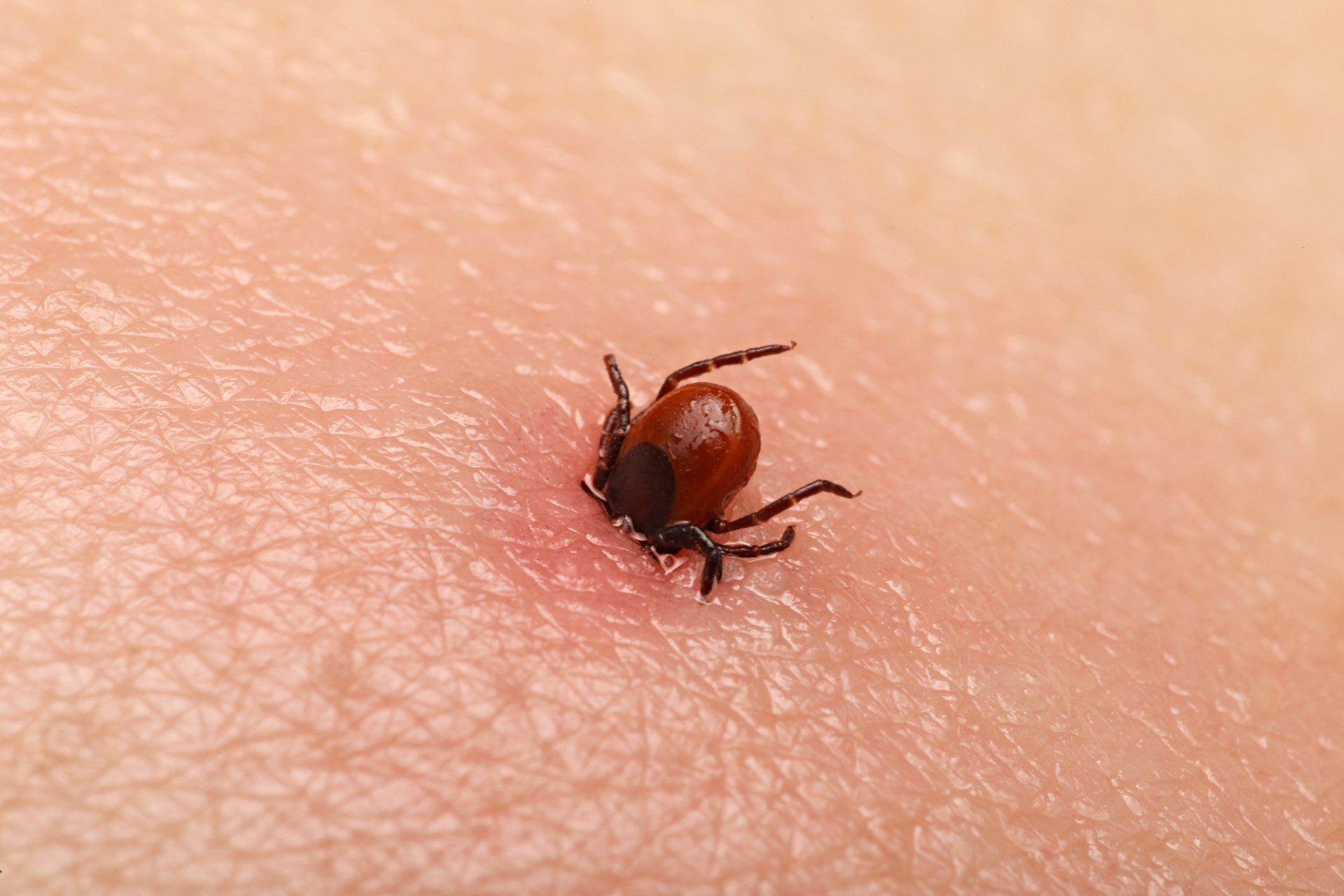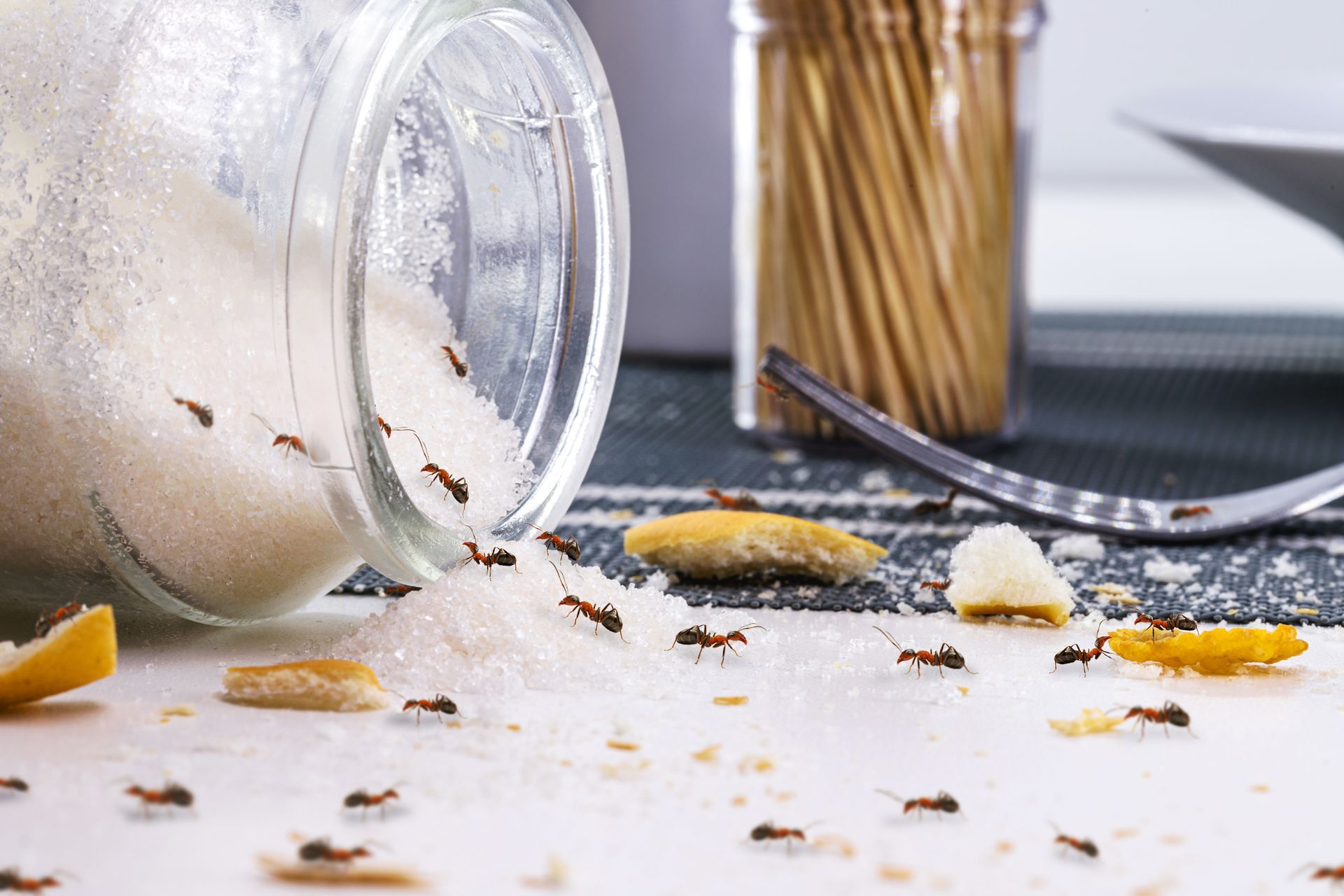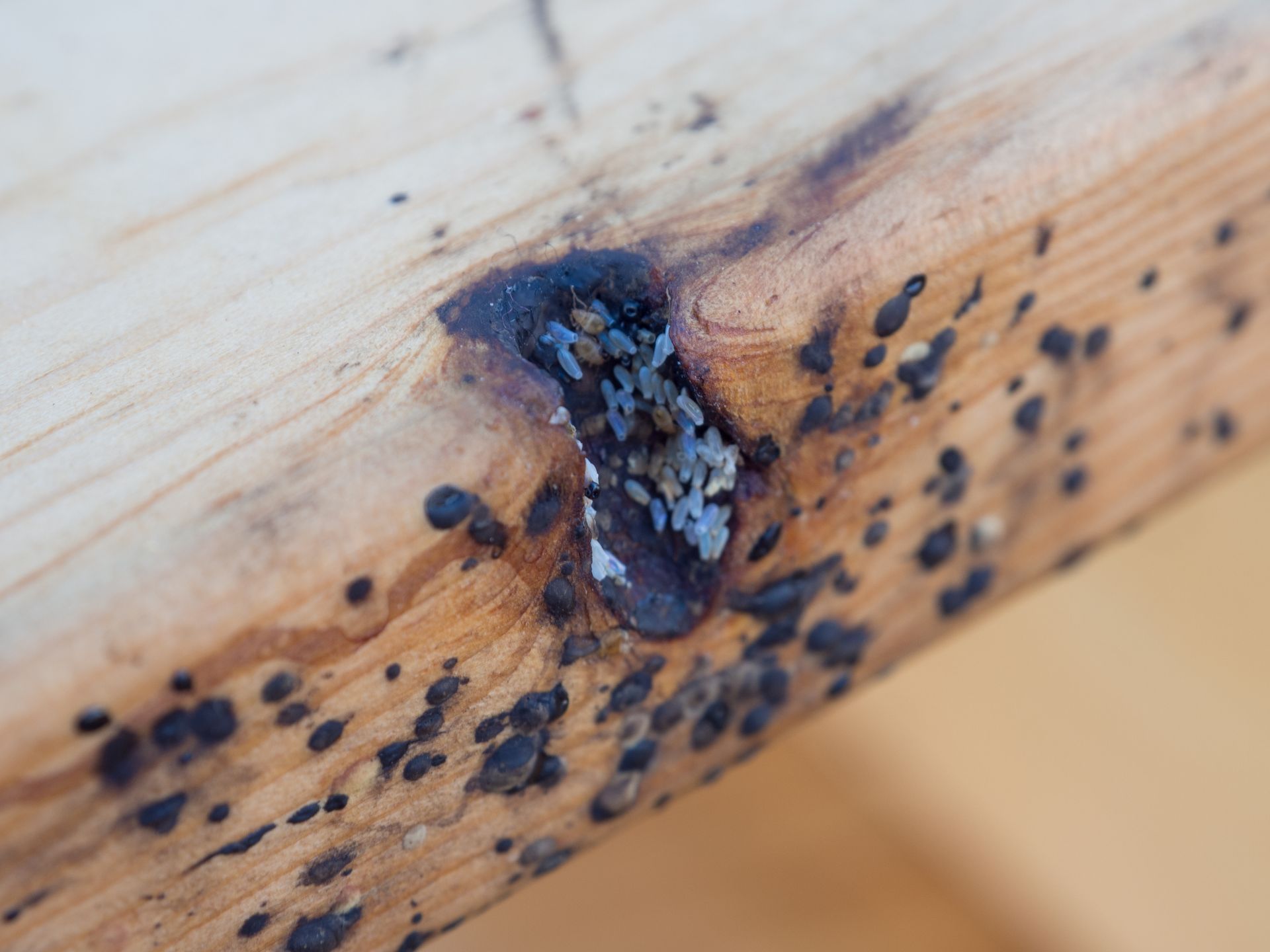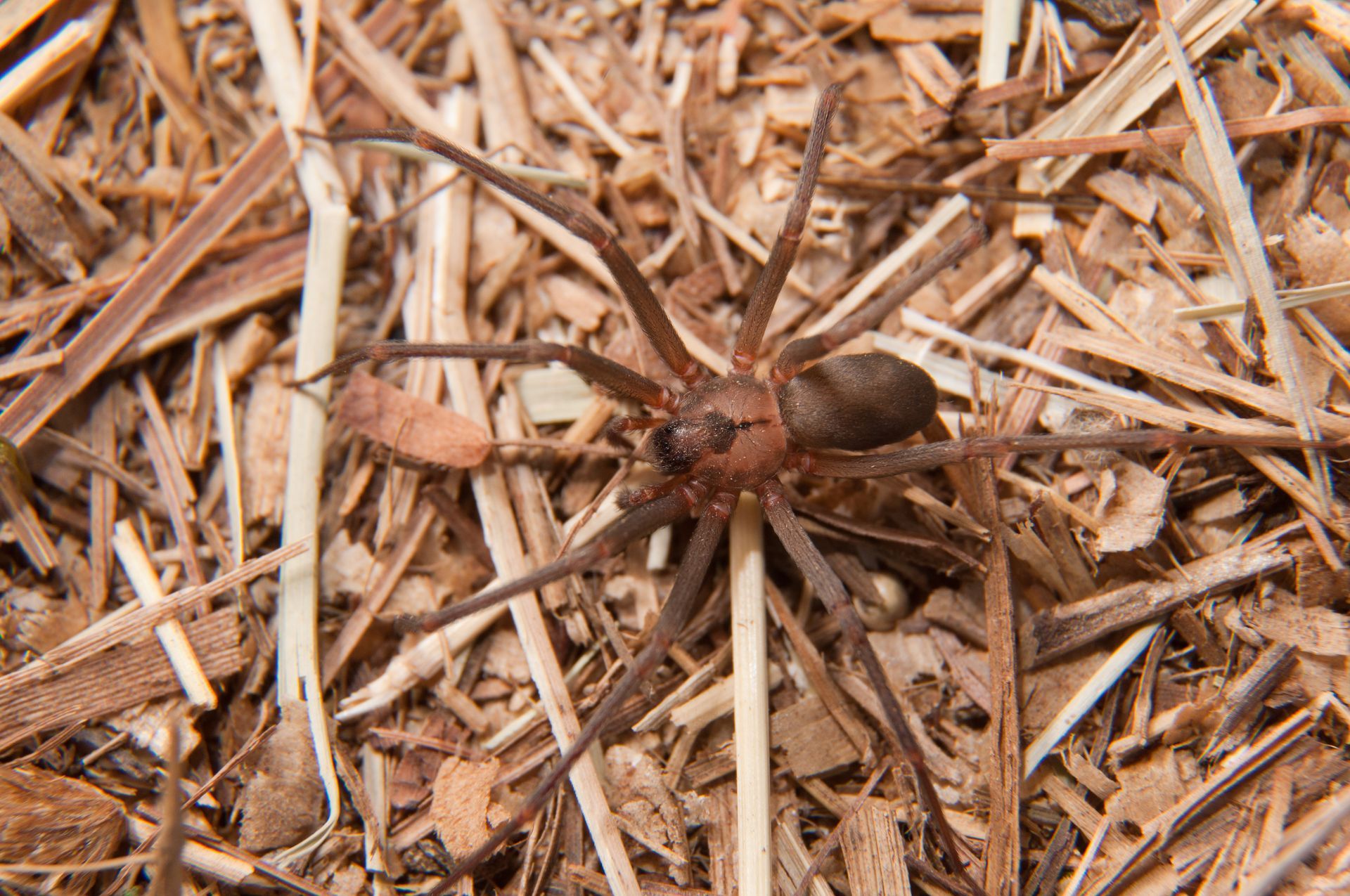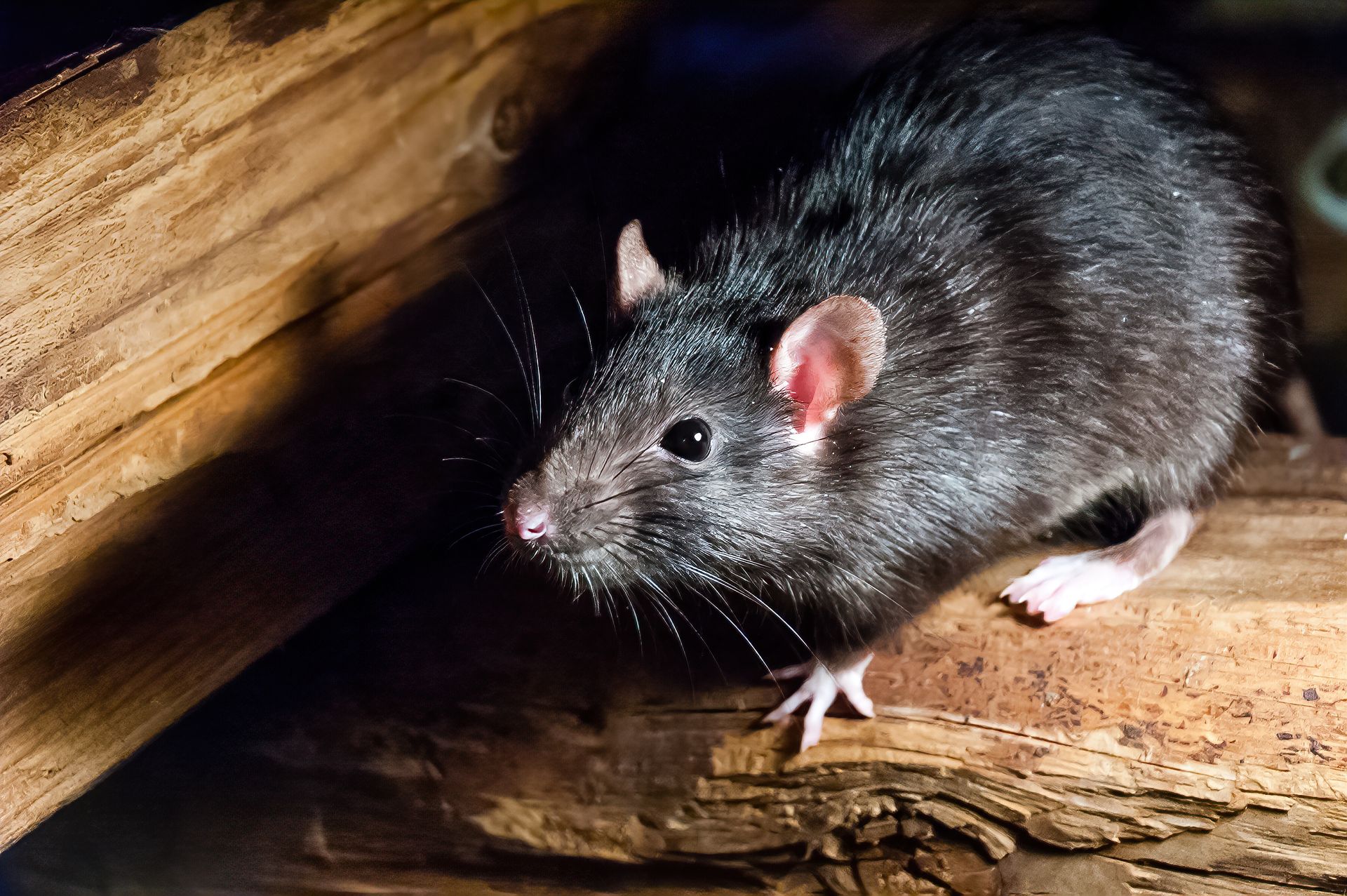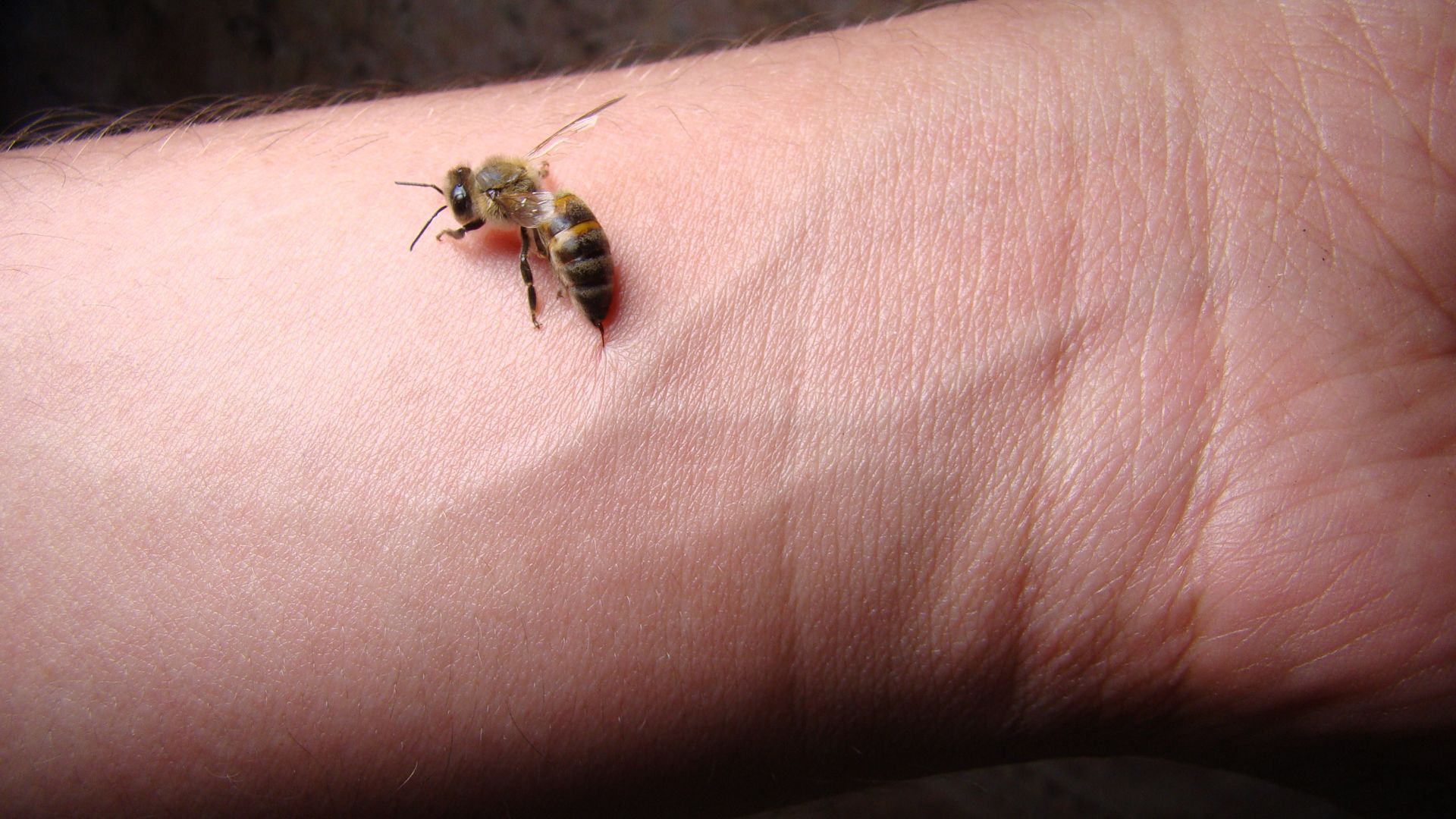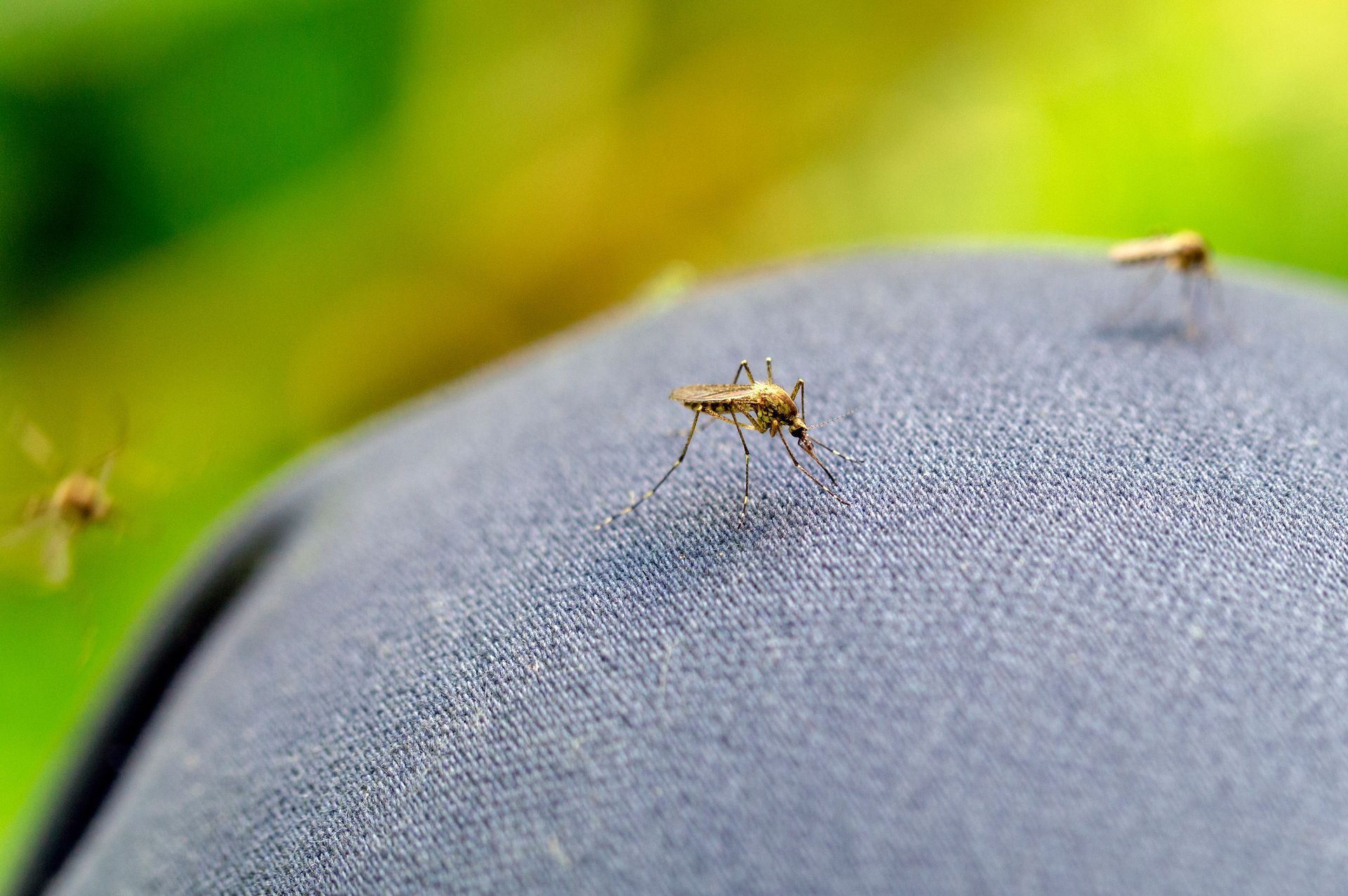How to Get Crickets to Stop Chirping

Crickets are notorious for chirping nonstop in the evenings. Only males have this ability and when the sounds of crickets are resonating, it is usually an indicator that there are male crickets out in the distance trying to attract a mate. They do through a process called stridulation where they rub the edges of their front wings against each other which causes a quick vibration which sounds like the common chirp that is familiar to humans. If someone finds this sounds soothing, it doesn’t present much of a problem but the constant chirping at night can be bothersome for others who are trying to sleep. These insects only seem to stop when they detect the presence of a threat which is why when they detect vibrations in the ground approaching, the chirping stops. This makes locating crickets difficult and getting them to stop even harder.
Why Do Crickets Chirp at Night?
Crickets are nocturnal and in the early evening, crickets will chirp to attract mates. However, male crickets trying to attract mates is not the only reason that crickets chirp. As the night falls, male crickets will change the tone and pitch of their chirp to convey a different message. Male chirping will become more aggressive which is designed to tell other males when they are moving too far into enemy territory. This message is designed to scare off other males off to ensure that any females in that territory are off limits. This increases the chirping cricket’s likelihood of mating. There is another message that crickets try and convey and that is a celebratory chirp when mating is completed. This message is thought to prove the male’s strength to the female cricket and encourage her to lay eggs rather than search out another stronger potential mate.
How to Get Rid of Cricket Noise at Night?
While it may seem impossible to find the sources of the chirping when they are happening, there are several ways to potentially prevent crickets and stop them from chirping nonstop.
Eliminate Food and Water
The best way to prevent most pests is to remove the resources they need to survive. If there are ample sources of water and moisture available, then crickets will make themselves at home. Be sure to remove standing water, fix leaking pipes, and use a dehumidifier to dry out areas that are normally moist and damp to ensure the environment can’t sustain crickets. The other resource crickets need is food which can be much harder to eliminate since crickets can sustain themselves on pretty much anything. They can feed on other insects, flowers, seeds, grass, fruit, plant shoots, and even particles like sawdust. This can make it almost impossible to eliminate their source of nutrition outside but keeping an area clean inside can ensure that house crickets are unable to maintain a healthy source of food to keep on surviving indoors.
Reduce Temperatures
Crickets are much more prevalent in warm, humid climates. They prefer temperatures to be between 80 – 90 degrees Fahrenheit. This means that if cricket chirping is coming from indoors, then dropping the room temperature to below their ideal temperature range may cause them to find a more suitable environment. The only problem with this strategy is that it may end up too cold for its intended inhabitants and the electricity bill may get a little out of hand.
Introduce Baits
There are ways to utilize different foods as cricket baits. In addition to the things that make up the natural diet of a cricket, they also eat sweets and carbs. By leveraging this type of bait, someone could create a trap designed to stop crickets. One method is to place a sticky substance like syrup or honey in a shallow bowl which also acts as a sticky trap. Even if the cricket is able to escape this trap, their wings are coated with the sticky substance which prevents them from chirping. The only problem with this strategy is it also attracts other pests like ants and cockroaches. If this strategy is used, it is recommended that it is used outside.
Trap Them
Another strategy to stop crickets is leave out a sticky pad in strategically placed areas that have shown signs of cricket activity. This trap eventually catches the crickets as they pass by which causes them to get stuck. This stops them from chirping and eventually causes them to starve and die. These traps can even be enhanced by using a form of bait to attract the crickets to the trap.
Use Essential Oils
Crickets, like many other pests, have a strong sense of smell that can be used against them. Crickets are deterred by certain plants like thyme, sage, rosemary, peppermint, lemon, and cinnamon. By mixing any of the essential oils of these plants with water and then drenching an area suspected of harboring crickets, you can drive them away.
Adjust the Lighting
Crickets are also drawn to areas that are brightly lit with a certain wavelength of white light at night. Some strategies that can deter crickets are to use yellow lights, turn off outdoor lights, or use something that can block the lights. By doing so, crickets won’t be attracted to areas that are well lit.
Clean Up Hiding Places
The other thing that many pests need to survive is shelter. This protects them from the elements and more importantly, from predators. Crickets choose to remain hidden during the day when birds, lizards, and rodents are all active. Crickets preferred hiding place is deep inside of tall grass, so keeping a home’s landscaping well maintained and lawn kept short will remove their ideal place to hide. Other place crickets will seek out shelter are places that keep them concealed like under rocks, leaves, potted plants, mulch, and organic debris. They will also hide in rotten tree trunks, in the cracks and crevices of stone and brick walkways, and even under decks and patios where they are at least sheltered from the eyes of hungry birds.
Encourage Predators
The number one thing that is guaranteed to stop crickets from chirping is when they detect the presence of predators. This is why chirping stops as soon as someone gets too close, and the ground vibrations tell the crickets that a potential threat is approaching. By introducing predators, there is a strong chance that cricket populations will be kept under control and the chirping will cease.
Birds
Birds are a top contender for most effective predator for crickets. Birds have excellent sight and can see crickets from way up in the air. By encouraging bird activity using feeders and nest boxes, you will most likely be able to reduce the cricket populations in your area. It also helps to allow trees to grow so birds can find natural shelter and create nests for their offspring.
Frogs
Another effective predator against crickets is frogs. This solution may take more work than it’s worth but if a man-made pond can be created, encouraging frogs to become a natural part of the ecosystem will likely have an impact on cricket populations. If there is a natural pond close by, it may be a good thing to introduce frog populations to help act as natural cricket population control.
Contact EcoGuard if Crickets Are Too Loud at Night
If crickets are a problem that needs to be dealt with, the other effective method of getting their populations under control are to enlist the help of professional pest control experts. EcoGuard Pest Management has a team of licensed and trained cricket control experts who know how to effectively seek out problematic areas and treat for crickets. We can help curate a plan designed to restore quiet and eliminate this pesky noisy insect for good. Call today to schedule a free inspection!
Cricket Chirping FAQs
-
How to stop crickets from chirping?
Crickets need to be deterred all together to eliminate the noise they make. This can be especially difficult with crickets being a natural part of most ecosystems. Eliminating crickets outside a home may prove problematic but ensuring that they are not able to infest the inside of a home can be done with the help of professional pest control experts.
-
Why is a cricket constantly chirping?
Crickets chirp to convey messaging. Most of the time a cricket is trying to attract a mate but other times it is trying to deter competing males from entering its territory.
-
How do you silence crickets outside?
Crickets tend to go quiet when they become aware of a potential threat close by. This is why crickets stop chirping as you approach the source of their chirping. This is only temporary though as they will continue to chirp as you walk away and no longer pose a threat.
Request A Free Estimate
We will get back to you as soon as possible
Please try again later
Immediate Service Available
Services
Customer Care
Legal
Working hours
- Mon - Sun
- -
All Rights Reserved | EcoGuard Pest Management | All Phone Calls Recorded | By Using Website You Agree To Terms Of Use



